Ancient Images of Hell
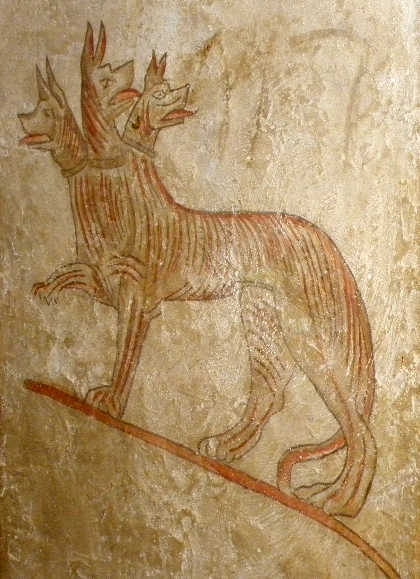
Cerberus, the three-headed dog who guards the gates of the underworld. Hellenistic painting, c. 3rd century bce, Sidonian Burial Caves (southern Israel). (Photo, Ian Scott)
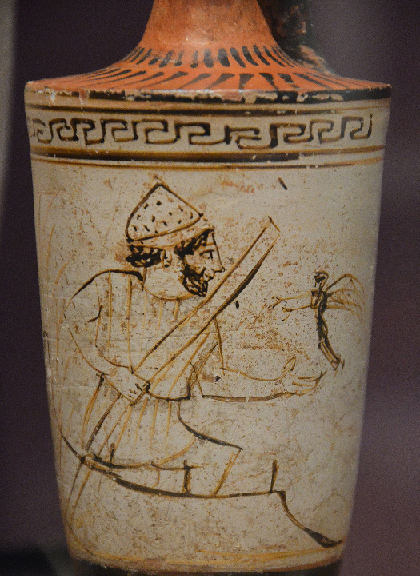
Charon welcoming a shade. Attic Greek red-figure (white-ground) lekythos attributed to the Tymbos painter, c. 500–450 bce. Ashmolean Museum, Oxford. (Photo, Carole Raddato).

Charon ferrying across the Styx. Tomb painting, 4th century bce, Lucania (southern Italy). National Archaeological Museum of Paestum.

Charon as Etruscan death demon escorts the dead to the underworld. He is characterized by a heavy hammer and a hooked nose. Etruscan red-figured calyx krater. C.300 bce. Vulci (central Italy). Altes Museum, Berlin.

Persephone and Hades. Greek tondo of an Attic red-figured kylix, c. 440-30 bce, Vulci(?), Etruria (central Italy). British Museum. (Photo, Marie-Lan Nguyen)
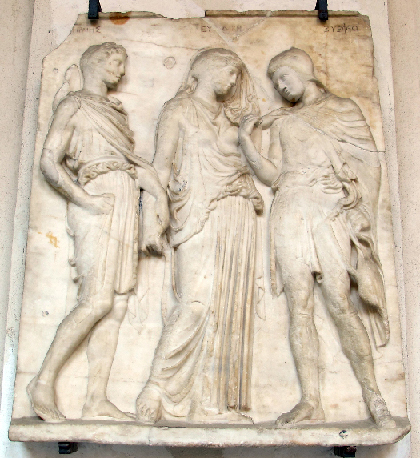
Hermes, conductor of dead souls to the underworld, with Eurydice and Orpheus. Marble relief, copy of a Greek original of c. 450 bce, from Torre del Greco (Naples). National Archaeological Museum of Naples. (Photo, Sailko)
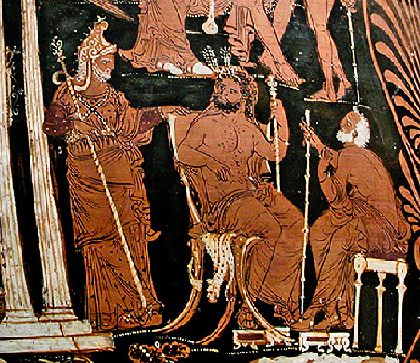
Aeacus, Rhadamanthus and Minos, underworld judges of the dead. Greek terracotta krater, c. 350 bce, from Altamura, Apulia (southern Italy). National Archaeological Museum of Naples.
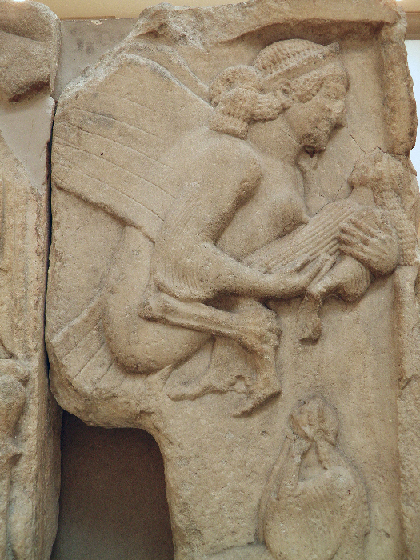
Harpy with a shade. Greek tomb relief, c. 480–70 bce, Lycia, found at Xanthus, Anatolia ( western Turkey). British Museum. (Photo, Carole Raddato)
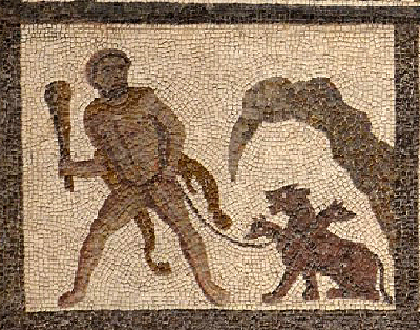
Hercules with Cerberus. Mosaic, third century CE, Lyria, Valencia. National Archaeological Museum of Madrid. (Photo by Carole Raddato)
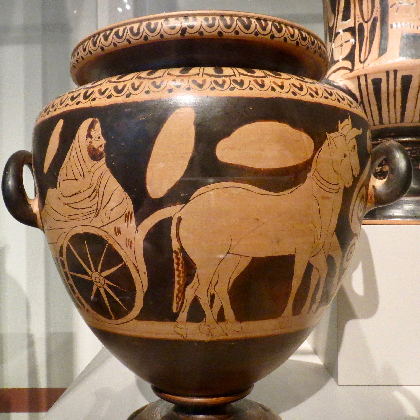
The deceased journeys to the otherworld on a cart pulled by mules. Etruscan red-figured stamnos. C.300 bce. Bomarzo (central Italy). Altes Museum, Berlin.

Orphic lamina with instructions to the deceased initiated into one of the mystery cults — perhaps an Orphic cult — on how to proceed in the otherworld. Gold leaf from the Necropolis of Hipponion (now Vibo Valentia), c. 400 BCE. National Archaeological Museum of Vibo Valentia.
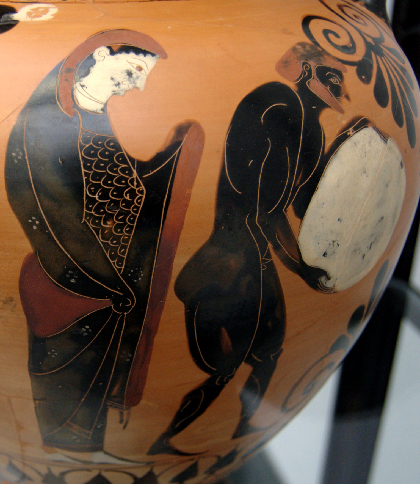
Persephone supervising Sisyphus pushing his rock in the underworld. Attic Greek black-figure amphora, c. 530 bce, from Vulci, Etruria (central Italy). State Collections of Antiquities, Munich. (Photo, Bibi Saint-Pol)
Hell in a Contemporary Context

Map of Virgil’s Underworld, from Andrea de Jorio, Viaggio di Enea all' inferno ed agli elisii secondo Virgilio (3rd ed.; Naples: Fibreno, 1831).
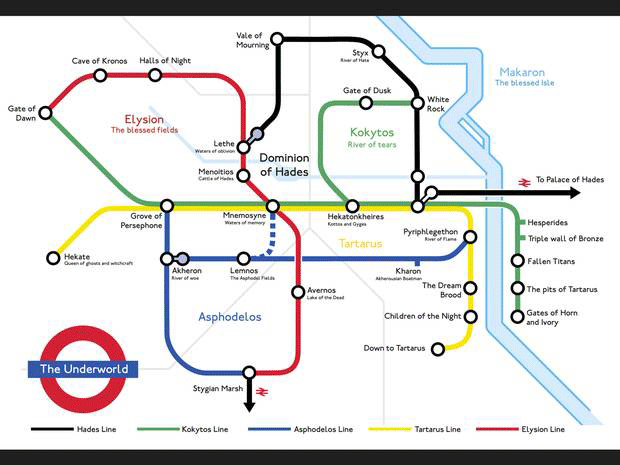
The Underground Underworld Map
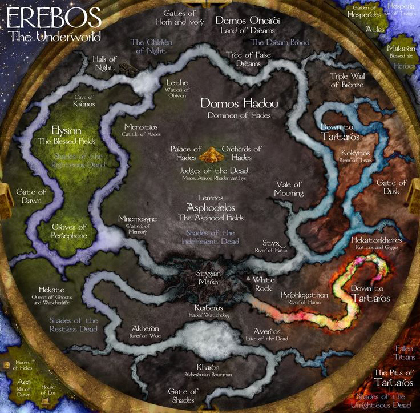
Erebos: The Underworld
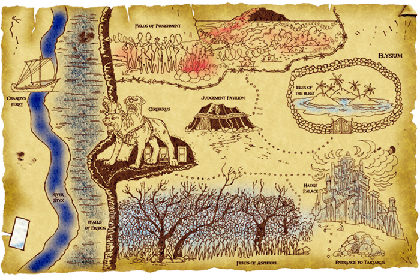
The underworld as located located beneath DOA Recording Studios, Los Angeles
Related Topics
About Green and Roman Hell
Greek and Roman Texts
Greek and Roman Bibliography





